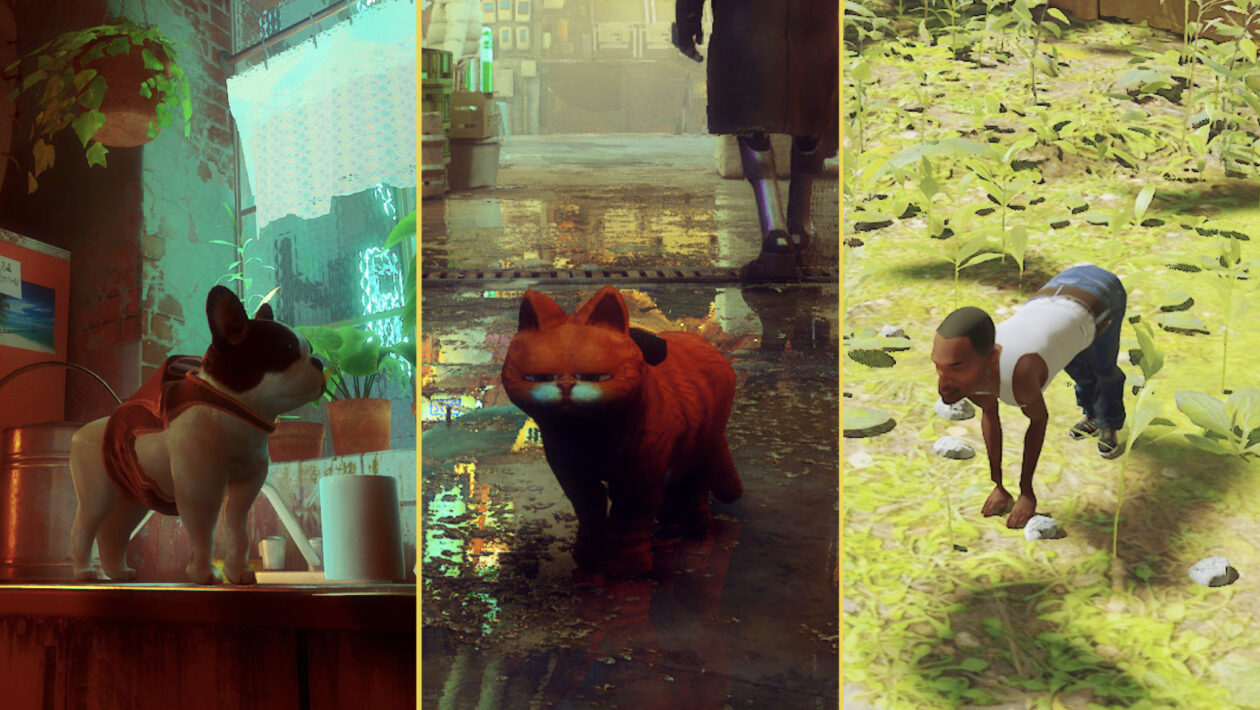Hell Let Loose – -apkrig
Interest in World War II will probably never completely fade. In recent years, moreover, it has rather graduated, especially in PvP arenas. The last World War II successor to the old Battlefield 1942 with the Roman numeral V in the title is increasingly aimed at holiday players, for whom any game of historical authenticity is only an annoying obstacle in the greatest possible straightforward experience. On the other hand, the competing Post Scriptum or Red Orchestra benefits from a much slower, as authentic as possible war experience, where it is not a problem to get rid of weaker PTSD from the game after several hours of continuous playing.
Contents
Midfielder
Hell Let Loose tries to trap his sharpened bayonet right in the middle of the player’s heart. From both camps he grabs a chewing gum and he then bakes into an exceptionally nutritious commissioner. It attracts mainly arcade-saturated individuals who are not afraid to use a microphone here and there during the battle, and to hunt for the best personal statistics for a while by playing with a team. At the same time, however, it does not try to slow down the gameplay too much and limit it with an extreme emphasis on realism.
Whether it’s the behavior and physics of weapons, or the absence of stamina, everything goes to the newcomers from the more arcaded arenas. Although the truth is that since the time of preliminary access, the game has undergone a number of adjustments at this level thanks to regular care. For example, the initial hitscans have recently been replaced by a simplified ballistic curve, some materials can now be pierced, and so on. For example, recoil is a negligible issue for most weapons. However, all sights are completely physical and the telescope has only a handful of snipers in each team.
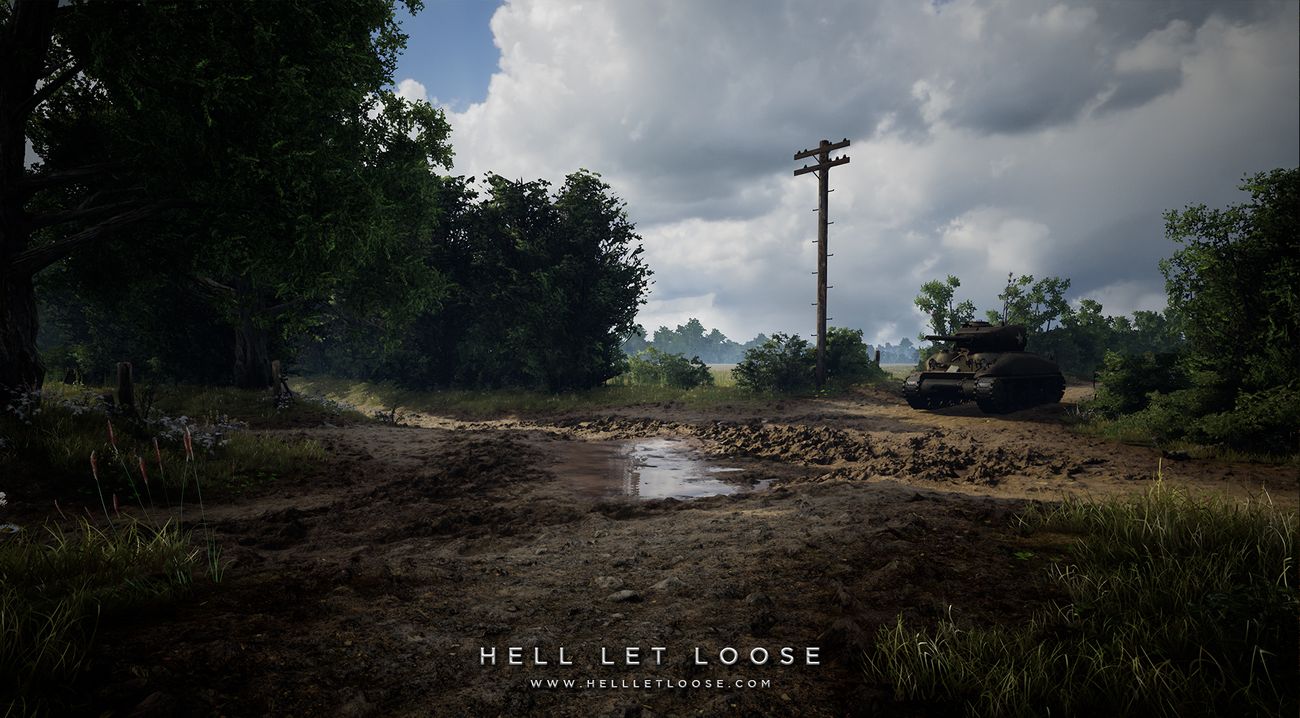
Team spirit wins
As outlined above, the alpha and omega of the success of one of up to 50 member teams is teamwork, which is far from enough with context-sensitive tags and keyboard shortcuts. Unfortunately, even this unwritten rule does not mean that you are always lucky enough to land on the server and in the team where the game is organized, for example, as follows:
On the contrary – you still often land on deaf battlefields, where local gunners try to tragicomically on their own that during warfare they can reach a certain death, while for a few seconds he feels like a self-sufficient 80’s action hero mowing down fields of nameless noob. But a single shot with a rifle means the final one. If the team does not pull on one rope, the emergency medic is not within reach and at the same time someone providing cover fire or at least a smoke screen is missing, our Rambo can stand in line again for respawn.
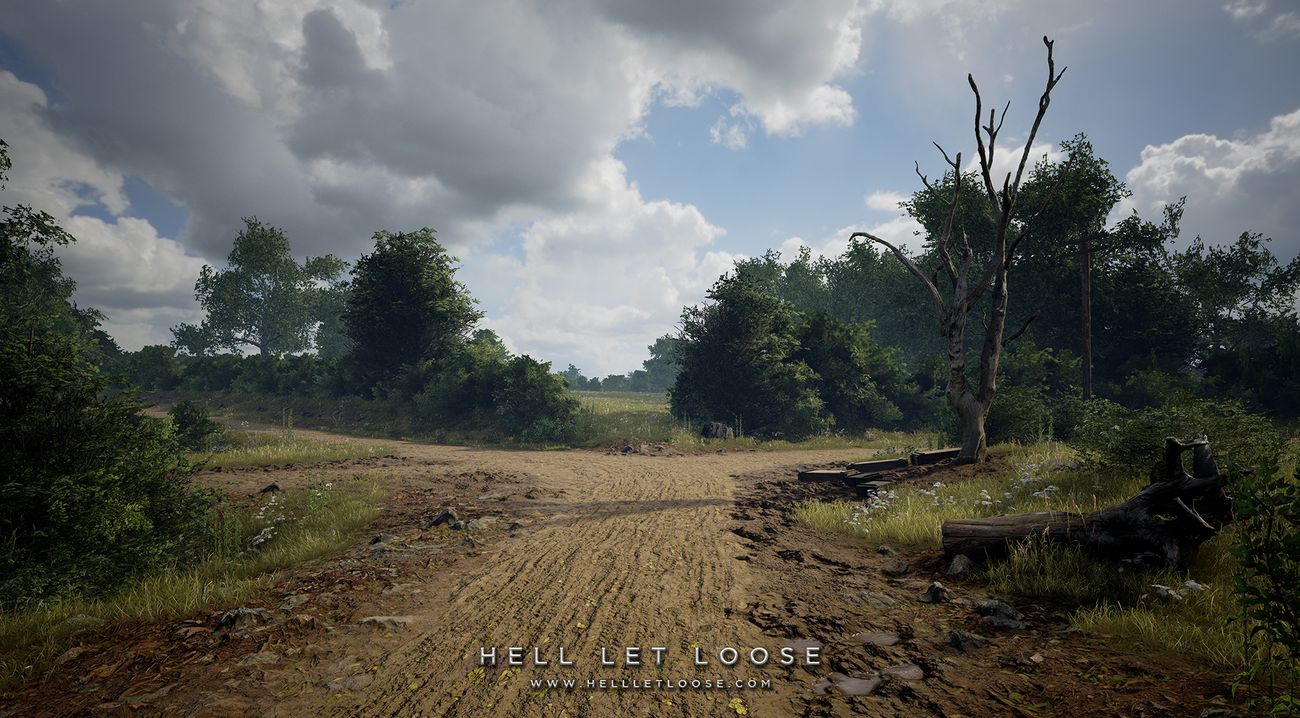
Strategic-tactical spice
Here, another fundamental game element is also put into service, and that is logistics as the backbone of all warfare. The battlefields are giant in Hell Let Loose – quite possibly one of the largest in the genre. One has to wait for respawn after death, and most importantly it is important that the team leader places the place of restoration strategically. It is a very easy and coveted prey for the enemy. In addition, raw materials and their supply nodes are needed to build starting stations for the entire team. Their allocation should be coordinated by the commander in chief, because he draws from them not only material for the construction of respawns, but also points for special support attacks such as air raids, artillery barracks or the requisition of armored vehicles. Therefore, during the war, it is necessary to constantly monitor the construction of the logistics network and the supply of raw materials. Either by air or with the help of supply vehicles.
The commander’s life is no honey and is usually the busiest on the battlefield. However, thanks to three different lines with a complete overview, the game manages the communication infrastructure. In one, the commander-in-chief talks to the team leaders, in the other the team communicates with each other and the last one is reserved for communication with the immediate surroundings. When luck and all three channels work as they should, the gaming experience comes very close to the immersion of those more serious titles.

Brotherhood of Steel
Tank crews also play a very important role, whose fire support is often the decisive factor in the conflict. Somewhat Solomonically, the driver’s position is by far the most difficult post, even thanks to the manual transmission, which I would rather expect from a competing Post Script. This two- to three-member team (soloing in a tank is perceived on most servers as an invitation to be excluded from the game) then not only must cooperate, but at the same time the tank commander is forced to cooperate with the infantry to cover the hips and back.
Perhaps I will never forget the situation when, as a gunner and commander of the Panther, I kept my entire wing alone with my driver on the open plains against the Sherman raids and the attempts of countless infantry to get the bazookas within effective range. Our tank ignited like a torch only after we ran out of both breakthrough and fragmentation ammunition during the final attempt to retreat to the supply station.
The model of tank damage is fox here. Although it is not a realistic system, it certainly has its charm. Tank damage is symbolized by tower, hull and belt icons. Each of these components can be discarded separately. Sometimes a critical hit is successful, when the enemy armor ignites with a single well-placed hit. At the same time, the game takes into account the angle of rotation of the vehicle as an effective defense against incoming missiles.
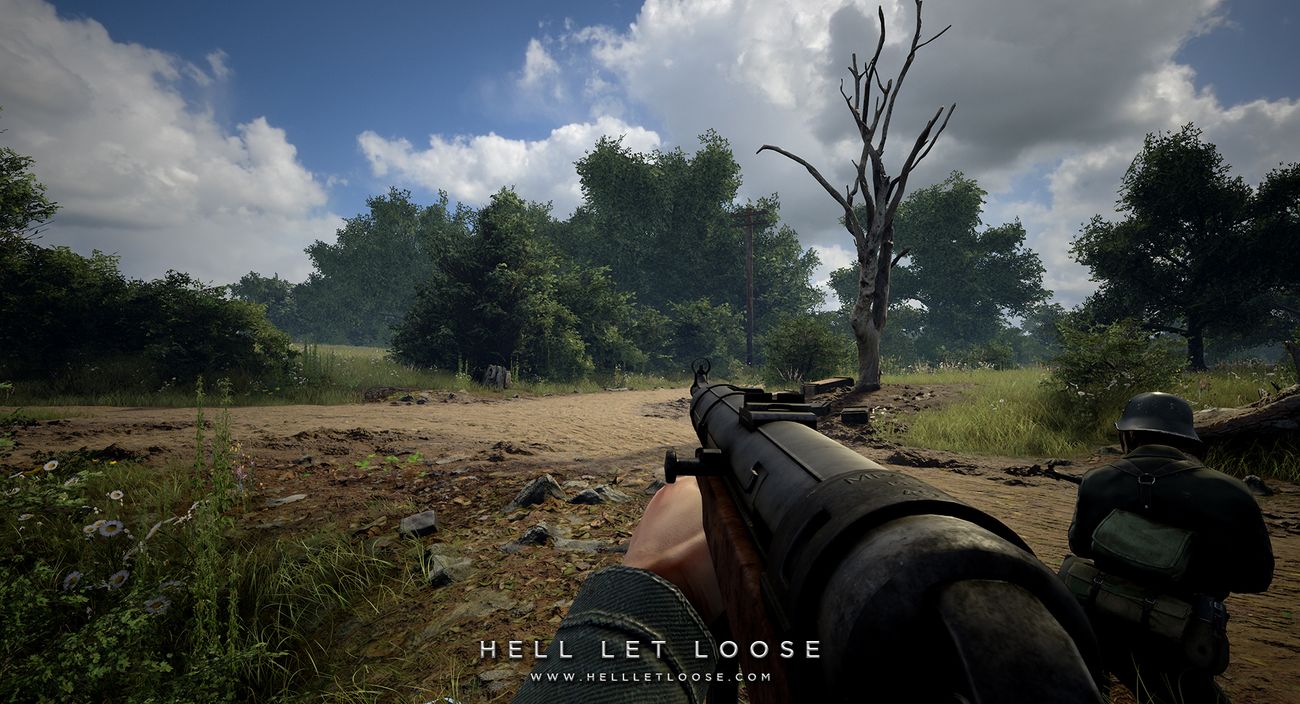
Unprecedented battle situations
The game offers only two classic game modes: Offensive, which is a classic where one attacks and the other defends, and Warfare, where the front line moves dynamically back and forth depending on the state of the battle. However, Hell Let Loose pleasantly surprises with one easily overlooked trifle at first. This is the random placement of support points, which must always be conquered and held. Thanks to this, even after several battles in quick succession, they do not just eat on a single map and make full use of the entire battlefield. On the other hand, something like a continuous campaign, such as we know from the Red Orchestra, would be useful.
There are a total of nine maps here. Seven from the Western Front (Normandy and Ardennes) and two from the newly opened Eastern Front (Stalingrad and Kursk). They all reach up to two square kilometers full of rubble, trenches, tank barriers, half-collapsed houses, muddy bomb craters, burning trees or strips of reinforced concrete forts towering menacingly over the beaches of Utah and Omaha. The structure of the environment is really rich and Hell Let Loose is one of the best looking representatives of the genre. What is somewhat confusing, however, is the fact that not all maps are rotated so that their top corresponds to the north. Some rotations are then unnecessarily confused and it takes a while to get used to them.
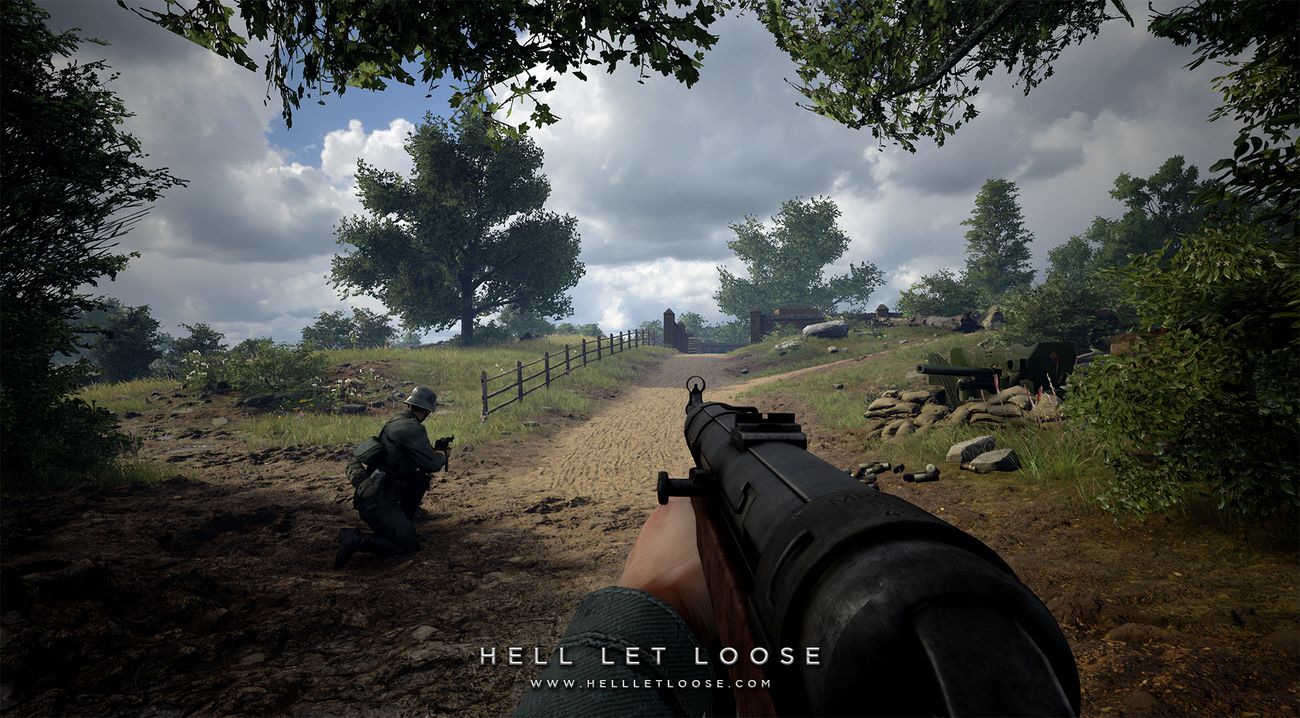
War as on New Year’s Eve
However, the Unreal Engine 4 drive also means a somewhat static environment full of indestructible, non-relocatable scenery. If you suffer from crackling falling trees and collapsing walls under strips of steel beasts, here you are sharpening. Your tank will be stopped by any box or piece of half-destroyed wall or fence. Thank God, at least most of the trees are passable, but this doesn’t look the best. If you indulge in a fragile environment, then your best next choice is the competitive free-to-play shooter Enlisted.
In terms of sound, it’s also not a groundbreaking title, and I might dare say that Hell Let Loose will be more on the tail in the competition. Everything here sounds kind of dull and artificial, which is a big drop compared to the realistically sounding Post Script. Especially the distant fire from the area, when the explosions of large-caliber bombs sound more like a rocket from a convenience store, which you detonate with your grandfather on New Year’s Eve in the yard. Explosions and whistling bullets around are simply not sound convincing even behind poppies, and unfortunately they can knock down the believability of otherwise sometimes bombastic-looking explosions. But I’m holt ras for that.
One of the things that Hell Let Loose criticized during the preliminary approach was optimization. A tax on giant maps, a hundred players on a single map, streaming a huge amount of textures, sources and reflections of light in Hell Let Loose cooked a goulash of very fluctuating quality. Where, for example, Foy or Utah drive without staggering, such a newly added Stalingrad was, until recently, considerably distracted and unplayable for some players. Fortunately (and this is one of the great advantages of the game), developers are able to capture and eliminate these shortcomings very quickly. At the time of writing, this was more of a solved problem.
Did Hell Let Loose finally manage to stand on the podium of hardcore realistic WWII multiplayer shooters? It is among the top, but personally I prefer a more authentic experience, which is offered, for example, by the competing Post Scriptum.
However, Hell Let Loose is far more accessible, has a more lively community and receives much more care from the authors. In fact, it fills a very important transition position for exhausted holidaymakers who have already overeaten their Call of Duty and Battlefields and longed for something more realistic and team-based. And although they will probably look at the death screen unpleasantly often at first, Hell Let Loose will be exactly the ideal difference title for them. The absence of any microtransactions is also refreshing, where progress is aimed only at unlocking cosmetic accessories and a wider authentic arsenal.



